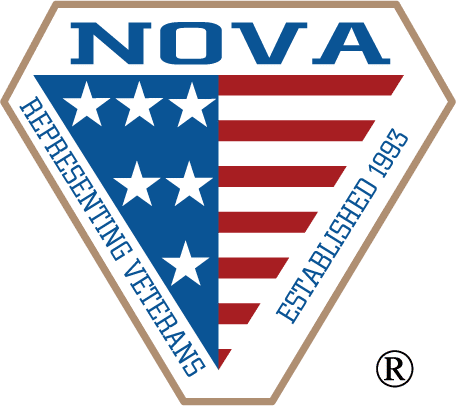In our last article, we described the VA disability process from the initial filing of your claim up through the point you receive a Statement of the Case. Now we will tackle the second part of the VA disability process – appeals beyond the Regional Office level.

The Formal Appeal – The Form 9
You may be thinking that you already appealed your claim when you filed the Notice of Disagreement (NOD). Many veterans don’t realize that a VA appeal is really a two-step process.
You first file the Notice of Disagreement and then receive a Statement of the Case. The Statement of the Case will just be more of the same – another denial but it should give some reasoning for the decision. Technically, you are not appealing the Statement of the Case since it is not a new decision. You are appealing the underlying Ratings Decision that was issued before your NOD.
Here’s the important part – you only have 60 days from the date of the Statement of the Case to file your Form 9. Don’t delay. Failing to meet the 60 day deadline will mean the end of your appeal rights.
On to the Board of Veterans’ Appeals
Once you file your Form 9 Substantive Appeal, your claim is beginning its way out of the Regional Office to the Board of Veterans’ Appeals. Unfortunately, that may take a long, long time. The appeal will be certified to the Board of Veterans’ Appeals, and the BVA will then put the appeal on its docket. It can take a year or two on average for your claim to be docketed at the BVA.
Once it is at the BVA, you will receive a “90 day letter.” This letter will tell you that you have 90 days from the date of the letter to appoint or change your legal representative, submit additional evidence, or request a hearing before the BVA. If you haven’t talked with an attorney yet, you probably should at least have a consultation with one at this critical stage.
Next Step in the VA Disability Process – a Board of Veterans’ Appeals Decision
You will eventually receive a decision from the Board of Veterans’ Appeals. Someday. It will probably be several years after your claim was decided at the Regional Office level.
This decision could be one of several different kinds, and each will determine the future path for your claim. The first possibility is a granting of the claim, which could be for service connection only (if that was denied at the RO level) or for a particular rating if service connection was already established. The second option is a remand. The third possibility is a denial.
If the BVA grants service connection, the claim will be returned to the Regional Office for assignment of a rating. That will result in another Ratings Decision. If you disagree with the rating, you can start the appeal process all over again with another NOD.
A more likely outcome at the BVA is a remand. Many claims get remanded because the BVA wants another medical examination or orders the RO to develop further evidence on an issue in the claim. So, the claim will be sent back to the RO for further development and another Ratings Decision. Because a remand is not a final decision, it cannot be appealed.
The Federal Courts in the VA Disability Process
If the BVA denied your claim or issued a final decision you disagree with, your next step is to file an appeal to the United State Court of Appeals for Veterans Claims (CAVC). You have 120 days from the date of the BVA decision to appeal to the CAVC.
If the CAVC enters a final decision instead of remanding the claim back to the Department of Veterans Affairs, you will then have 60 days from the CAVC decision to appeal to the United States Court of Appeals for the Federal Circuit.
The court of last resort is the United States Supreme Court. There are very few cases that ever make it to the Federal Circuit, and it is almost unheard of for a veterans disability claim to make it to the United States Supreme Court.
A Veterans Disability Attorney Can Be Your Guide
If you are somewhere in the veterans disability process with your appeal, you may want to consult with a VA-accredited attorney. If you have questions about your claim or need help along the way, feel free to contact our firm for a free consultation to see if we can help. The process can be long, confusing, and frustrating, so you may not want to go it alone.





